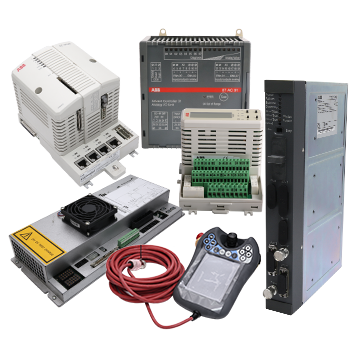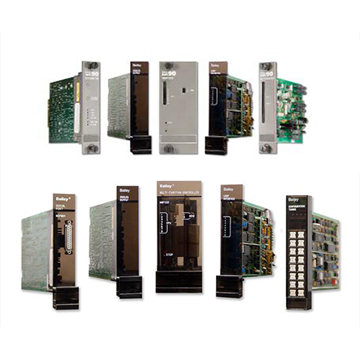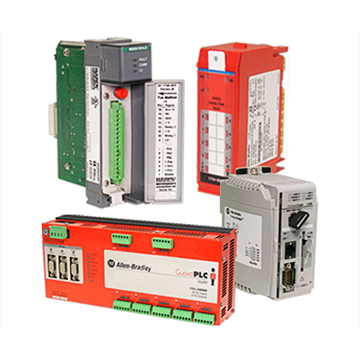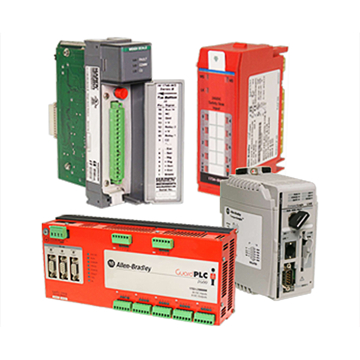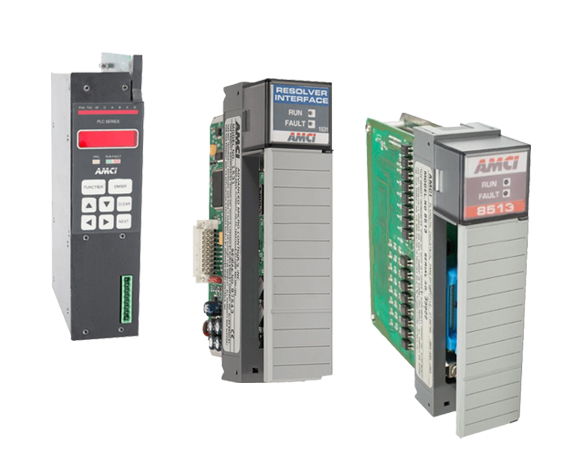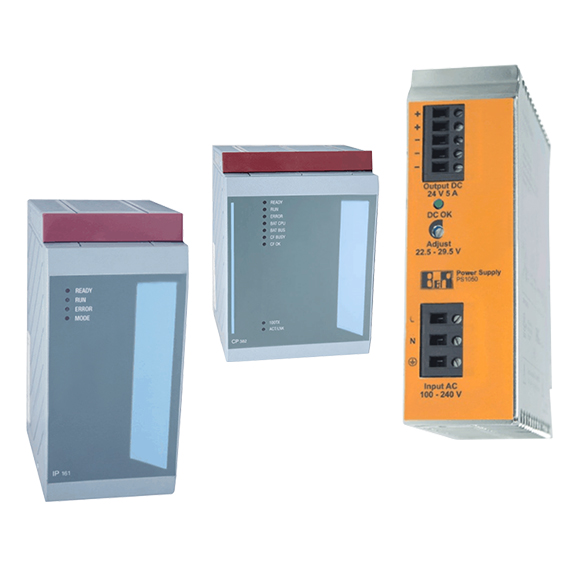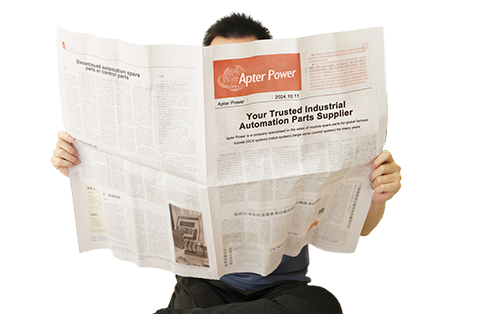The Dawn of Collaborative Robotics in Manufacturing
The industrial landscape is rapidly transforming thanks to advancements in artificial intelligence (AI) and collaborative robots (cobots). These innovative technologies are fundamentally reshaping the way manufacturing processes are carried out. As automation continues to evolve, one critical question emerges: "How can manufacturers prepare for this change, and what does it mean for the workforce?" Let's dive into the exciting future of manufacturing driven by cobots and AI systems.
What Are Collaborative Robots?
Collaborative robots, or cobots, represent a new generation of automation tools designed to work alongside human operators. Unlike traditional robots that work in isolation, cobots interact directly with people, enhancing productivity and safety in the workplace. Their ability to collaborate and adjust to various tasks makes them incredibly versatile, allowing businesses to automate a range of processes that were previously done manually.
These robots are easy to program, adaptable, and equipped with advanced sensors that allow them to operate safely in environments with human workers. This collaborative approach to automation not only increases efficiency but also promotes a safer working environment, reducing the risk of accidents and injuries.
The Role of AI in Manufacturing
AI systems are revolutionizing manufacturing in ways that were once thought impossible. With the capability to learn, adapt, and make data-driven decisions, AI systems are pushing the boundaries of what's achievable in industrial automation. Key applications of AI in manufacturing include predictive maintenance, quality control, waste reduction, and supply chain optimization.
By leveraging AI, manufacturers can achieve unprecedented levels of efficiency, minimize downtime, and improve product quality. AI’s ability to process vast amounts of data in real time enables manufacturers to make more informed decisions, ensuring smoother operations and a competitive edge in the market.
How Cobots and AI Work Together
The true power of modern manufacturing lies in the synergy between cobots and AI. Cobots gather data from their operations, while AI systems analyze that data to optimize performance, predict potential issues, and even forecast maintenance needs. This combination enables proactive decision-making and ensures continuous improvement in manufacturing processes.
For example, cobots can monitor their own operations and provide real-time feedback to AI systems. These AI systems can then use the data to refine processes, reduce waste, and enhance production rates. This collaboration between humans, cobots, and AI creates a highly efficient and adaptive manufacturing ecosystem.
Addressing Resistance and Challenges
Despite the many advantages of adopting cobots and AI, some resistance to automation persists within the manufacturing sector. Concerns about job displacement, loss of control, and the complexity of new technologies are common. However, it’s essential to understand that these advancements are not designed to replace human workers but to complement their efforts.
The shift toward automation should be seen as an opportunity for growth rather than a threat. As cobots take on repetitive, labor-intensive tasks, human workers can focus on higher-value, more creative, and complex activities. Moreover, the integration of these technologies presents opportunities for upskilling and career advancement, enabling workers to learn new, valuable skills that can drive innovation in the industry.
Looking to the Future: The Promise of Cobots and AI in Manufacturing
The future of manufacturing is bright, with cobots and AI playing a pivotal role in shaping its evolution. By embracing these technologies, manufacturers can improve productivity, reduce operational costs, and enhance workplace safety. Rather than fearing these advancements, businesses should focus on how to integrate them strategically to maximize their benefits.
As we look ahead, the relationship between humans, cobots, and AI will continue to evolve. The result will be a manufacturing environment that is more efficient, flexible, and sustainable. With the right strategies in place, manufacturers can ensure that these technological advancements serve to improve both their processes and the lives of their workers.
Conclusion
Collaborative robots and AI systems are driving the future of manufacturing, bringing about significant improvements in efficiency, safety, and flexibility. As businesses adopt these technologies, they will unlock new opportunities for growth, while also creating a safer and more productive working environment. The future of manufacturing is not about robots replacing humans—it’s about robots and humans working together to achieve greater success. By embracing these changes, manufacturers can ensure they are at the forefront of the next wave of industrial innovation.
Recommended model:
|
ABB 3BHT410082R0001
|
KOYO KOSTAC
|
COMMEND ET901-A.C
|
|
ABB AO820 3BSE008546R1
|
HIOKI 9461
|
DM 6060P
|
|
Schneider 170ADI35000
|
RH1-TP
|
LS3408-ER20155R
|
|
Schneider 170AAO92100
|
125800-01
|
SSB401-13-S1
|
|
Schneider 416NHM30030A
|
P78LCA-9300
|
53018010 / FY1903000
|
|
Schneider 140DDI35300
|
IC693PWR321Z
|
6ES5-431451464
|
|
Schneider 140ARI03010C
|
73600-A0131
|
CL-PKZ2
|
|
Schneider 170ADI35000
|
ACC2 CMM
|
DELL D950EF-00
|
|
YOKOGAWA PW481-50
|
LTMR100PBD
|
UNI3404 30KW
|
|
YOKOGAWA AAI143-H53 S1
|
PM8M22
|
51870-30-50
|
|
YOKOGAWA KS1*B
|
UTC 110072003 20DI
|
FERMAX F02379
|
|
GE IC697ALG321
|
cisco AS5800
|
TSXDET824
|
|
GE HE693IBS100
|
RXM4AB1B7 , RXZE2S114M
|
TSXDET1612
|
|
GE DS200TCRAG1ACC
|
REG-K/4x230 , MTN644992
|
A616DAI
|
|
GE IC200ALG264
|
CT SFE1 SFE2
|
4K/ULTRA HD/6G SDI/FOR
|
|
GE 531X175SSBAYM2
|
6ES5701-1LA12
|
COMMEND ET901-A.C
|


